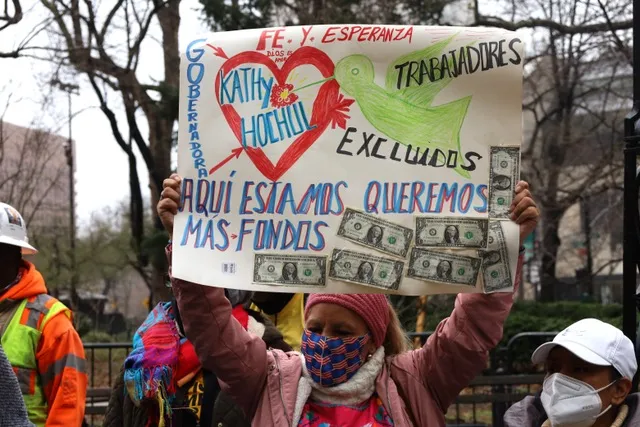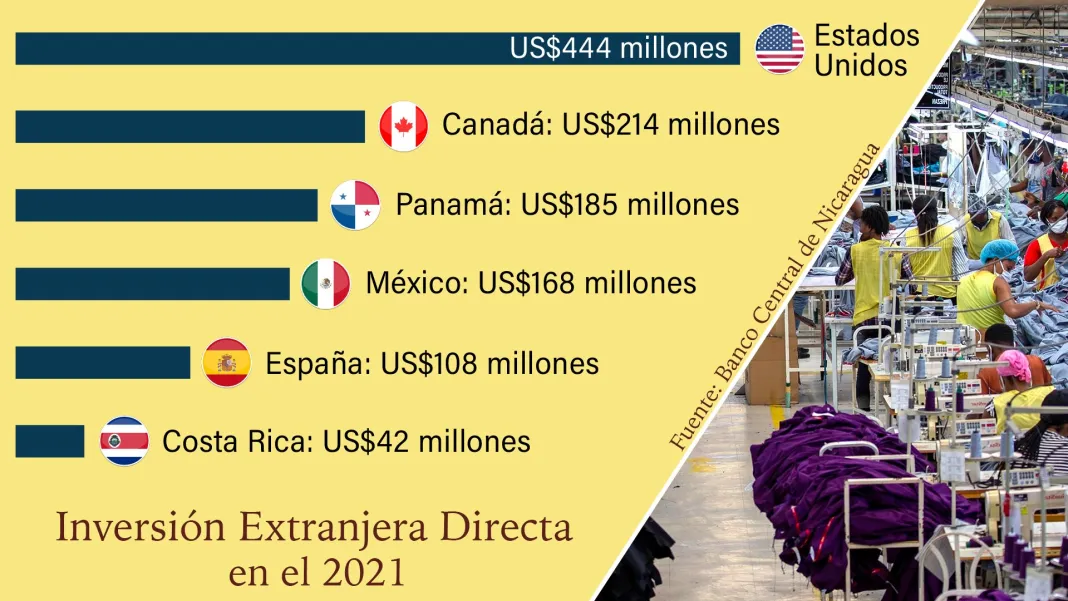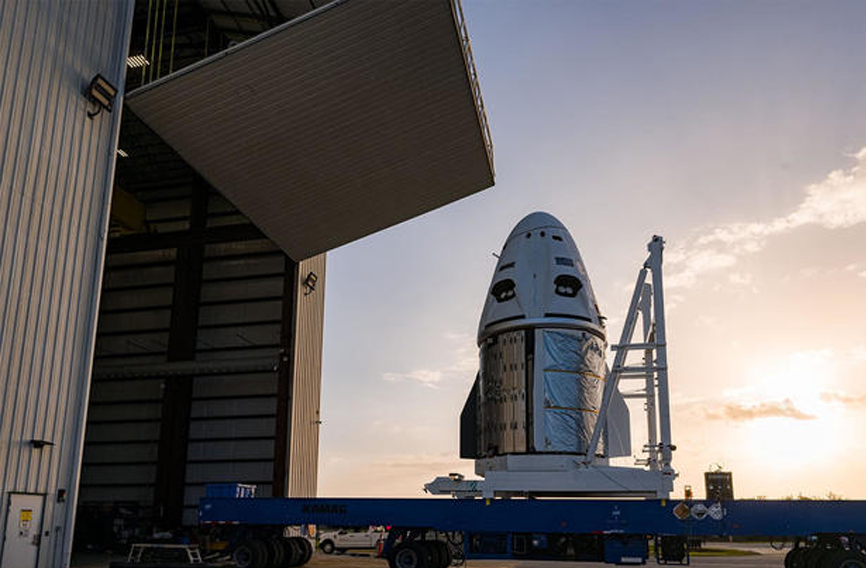Life is getting more and more expensive
In New York City and the United States, we have lived between 2020 and 2021 two years of unprecedented magnitude, the deep economic crisis caused by the impact of COVID-19 and the rise in prices exerts imminent pressure on the pockets of the people, especially ordinary people. And the economic recovery in all its magnitude is not in sight, at least, in a short period of time.
Despite the fact that the city and the country have seen signs of an economic recovery, New Yorkers remain uncertain about the high prices of products, in addition, without having a clear reflection of how long this situation will last and that, at this rhythm, it determines in the population what to buy and whatnot.
This issue, which is of great interest to the community because it greatly affects our pockets, is becoming increasingly important due to the expectations it generates, where price inflation causes a discouraging forecast. Therefore, at Impacto Latino, we explain a series of key aspects that encompass the current situation.
Undoubtedly, the COVID-19 pandemic caused a series of radical changes in our lives, mainly affecting the least favored in terms of inflation, job losses, economic recession, shortage of products, diminishing returns on savings, increase in inequality, and indebtedness.
In addition, we have seen a very prolonged stage before the pandemic of very low-interest rates and massive support from financial institutions that generated a greater circulation of money, which caused an imbalance between supply and demand, and that in recent months the experts had been warning that it was going to be punctual by rebounding in such an abrupt way as we are seeing.
The demand has meant that the supply cannot be adequately met and that in the end, many prices begin to rise. There have been supplied problems and certain inputs do not reach their destination, without leaving aside the significant increase in fuel prices, which practically determine the price of other products on the market.
Recently a report from the United States Treasury Secretary revealed that consumer prices rose to a record high not seen in the last 30 years, caused largely by rising fuel prices, supply chains, income, among others.
The report detailed that general prices increased 6.2 percent during the last 12 months, the fastest pace since 1990, and inflation began to accelerate again month by month.
We are concerned about the data, this dynamic that will recurrently become common already extends to households, were heads of families have to adjust with the purchase of products from the basic basket due to high prices.
With the pandemic still affecting the health system, this dynamic can be prolonged over time, although the Secretary of the Treasury, Janet Yellen, said she is confident that prices will return to normal levels by 2022, “at some point in the second half of next year. “
With Thanksgiving, Christmas, and New Year’s Eve celebrations just around the corner, which in itself is usually an inflationary period, this dynamic can be prolonged.
The companies take advantage of the day to raise the prices of the products due to the growing demand, but for that, we would have to think about where this brutal rise in inflation comes from, and what has generated the current levels.

Inflation and its consequences
Since we are talking about economic terms, let’s first clarify what inflation is and what its consequences are.
Economists indicate that inflation is the widespread and sustained increase in the prices of goods and services over a sustained period of time, which could normally be one year.
When the general price level rises, fewer goods and services are purchased. In other words, inflation reflects the decrease in the purchasing power of the currency: a loss of the real value of the internal medium of exchange and the unit of measure of an economy.
To measure inflation growth, indices are used, which reflect the percentage growth of a weighted ‘basket of goods. The index for measuring inflation is the Consumer Price Index (CPI).
Two of the main causes of inflation in the United States are: First, that it obeys the law of supply and demand. If the demand for goods exceeds the capacity to produce or import goods, prices tend to increase. Second, that inflation occurs when the price of raw materials increases, which makes the producer, seeking to maintain his profit margin, increase his prices.
This rise in prices has serious consequences for ordinary people, who use public transport every day, who have low wages, who do their weekly shopping, who receive their payments in cash, etc.
They directly affect the population, who have to pay more for the same goods and services that, previously, they purchased at a lower price. In this way, too, they reduce their purchasing power, as this inflation grows.
Consumers pay more for products and services
Ultimately, consumers in the United States are paying much more for products and services than they paid a month ago or what they could have paid a year ago for a particular product.
The Labor Department’s Bureau of Labor Statistics, in economic data, indicated that the consumer price index for all urban consumers (CPI-U), increased 0.9 percent in October on a seasonally adjusted basis after rising 0.4 percent in September.
Over the past 12 months, the all-item index increased 6.2 percent before seasonal adjustment.
Although the increase was generalized, the items that were most affected and with high rates were energy, housing, food, cars, used trucks, and new vehicles.
According to the report, the energy index rose 4.8 percent during the month of October, as the gasoline index increased 6.1 percent and the other major energy component indices also rose.
The food index increased 0.9 percent while the household food index rose 1.0 percent.
Compared to last year, gasoline prices are up 49.6 percent, and higher energy costs are driving up the prices of almost all other goods.
With stagnant wages, the concern for authorities and economists is even greater, as high prices do not compensate for the cost of living and the daily consumption that people depend on every day.
The Labor Department report explained that, in the past 12 months, the national average price of a dozen Grade A eggs increased from $ 1.41 to $ 1.82, an increase of 29 percent.
An average pound of rotisserie chicken increased 29 percent, from $ 5.75 to $ 7.40. A gallon of milk was up 8 percent, from $ 3.38 to $ 3.66.
It is very well known that with this instability, prices vary, especially at this time of the end of the year that is approaching due to the growing demand for products, whether for Christmas dinner or sharing a gift with a loved one.
Previously when people went to the supermarket they could buy up to three products with a certain amount of money. Now, people go to the supermarket with the same amount of money and they barely have enough for a product. This happens because of inflation, where prices increased, but purchasing power decreased.
These data presented in the previous paragraphs are the reality that people face daily, and not only when they go to the supermarket, but also when they deposit gasoline in their vehicle or purchase any commercial product, which generates serious social consequences, in a season Christmas with a more expensive basic basket.
Adding to this hallmark of rising prices in the midst of an economic recovery are delays, shortages in the supply chain, and high energy prices.
In addition, rental prices that during the pandemic had a drop, but now continue to rise, experiencing an increase of 0.4 percent in October compared to September, which could generate an upward trend in the coming months.
According to data released by the National Association of Realtors, the median sales price of existing single-family homes was up 16 percent from the previous year, to $ 363,700. Home prices also continue to grow.

Practical tips for this Christmas season
In this season of Thanksgiving, Christmas, and the end of the year, which is usually very expensive, it is important to consider how we can protect ourselves so that the effects of inflation do not disproportionately affect our pocket and your economy
Many people will feel the stress of having to pay large sums of money as they rush to the stores to pick up the perfect gift.
Experts recommend analyzing finances very well, that is, channeling all expenses, and how the income is to find the possibility that it could be reduced, in order not to have additional expenses.
In order not to waste our money, the expert Carlos Guamán of the financial program El Triunfo Corporation, recommends “making a list of all the people to whom you intend to give a gift”, otherwise, in January 2022 you will receive an expensive invoice and people will be “Super indebted”.
The second step he recommends is “to review our finances and see how much we have saved so that we can make extra expenses.”
The obvious places to cut back are eating out or streaming services. We can also postpone unnecessary purchases until supply issues are resolved and prices drop.
If you are used to eating out, avoid that practice for now and prepare food at home. Use lower-cost items as much as possible. “
Carlos Guamán recommends “avoiding those extra outings, those excess shopping expenses that are being made and also Christmas shopping expenses”, which are not necessary. It is important to always be very careful not to run out of money for this end-of-the-year season.
If people are going to use their credit cards, they must analyze how much interest they are going to charge you. Likewise, by this time avoid loans at all costs.
You could also avoid those “entertainment expenses, subscription expenses, and if possible, always find the possibility of being able to generate income” outside of your formal job.
It is a time where people have to be very cautious with spending because the Federal Reserve of the United States could increase interest rates, that is, make money more expensive to combat inflation.



















































































